Warning, the behavior of an included UC is executed each time the including UC is executed. From formal/2017-12-05 § 18.1.3.3 Includes :
Include is a DirectedRelationship between two UseCases, indicating that the behavior of the included UseCase (the
addition ) is inserted into the behavior of the including UseCase (the includingCase ). It is also a kind of NamedElement so
that it can have a name in the context of its owning UseCase (the includingCase ). The including UseCase may depend on
the changes produced by executing the included UseCase. The included UseCase must be available for the behavior of
the including UseCase to be completely described.
The Include relationship is intended to be used when there are common parts of the behavior of two or more UseCases.
This common part is then extracted to a separate UseCase, to be included by all the base UseCases having this part in
common. As the primary use of the Include relationship is for reuse of common parts, what is left in a base UseCase is
usually not complete in itself but dependent on the included parts to be meaningful. This is reflected in the direction of
the relationship, indicating that the base UseCase depends on the addition but not vice versa.
All of the behavior of the included UseCase is executed at a single location in the included UseCase before execution of
the including UseCase is resumed.
So in your case each time create index card is executed it is also the case of create a question and create an answer and assign to a new category or an existing one, and both of create a question and create an answer does attach a photo so that one is executed two times.
Of course it is the same for edit index card where included UCs are executed each time, and change or attach a photo is executed two times.
This is not what you want, all the UCs are executed separately (create a question is not done during create index card etc) and then all the includes must be removed.
Only when a question and a answer is created for the card the card can be saved and assign to a category
the fact the question and an answer must be already created are preconditions, they are not included UC as you did.
The pre/post conditions are part of the description of the UC, from formal/2017-12-05 § 18.1.3.1
Use Cases and Actors page 640 :
The behaviors of a UseCase can be described by a set of Behaviors (through its ownedBehavior relationship), such as
Interactions, Activities, and StateMachines, as well as by pre-conditions, post-conditions and natural language text
where appropriate.

